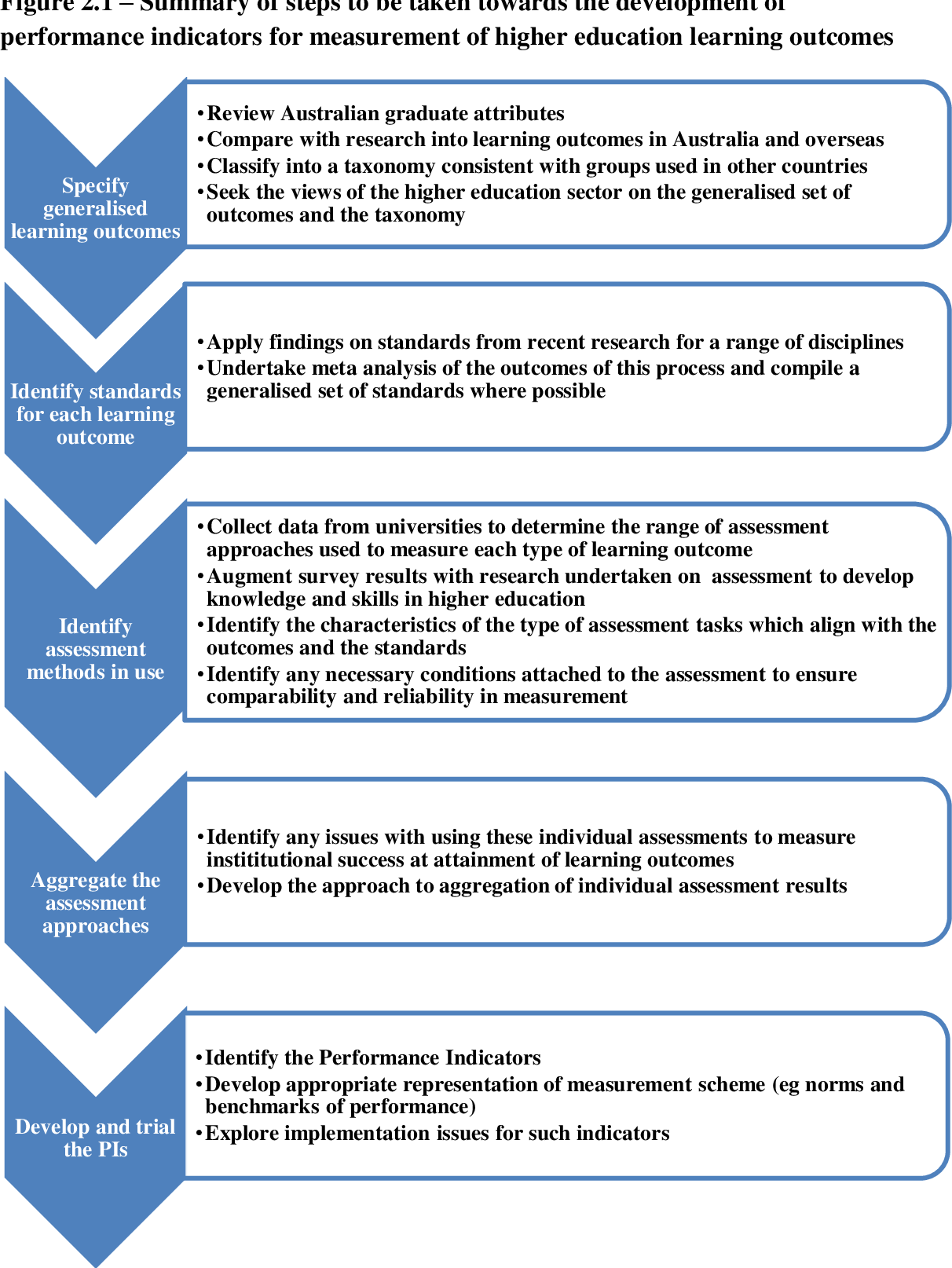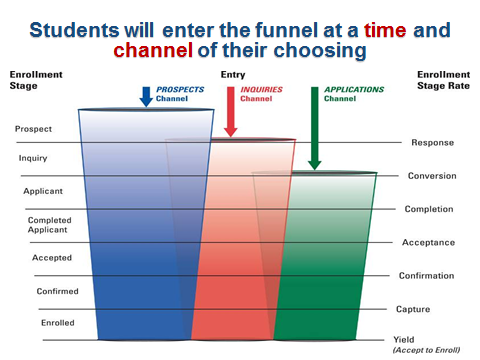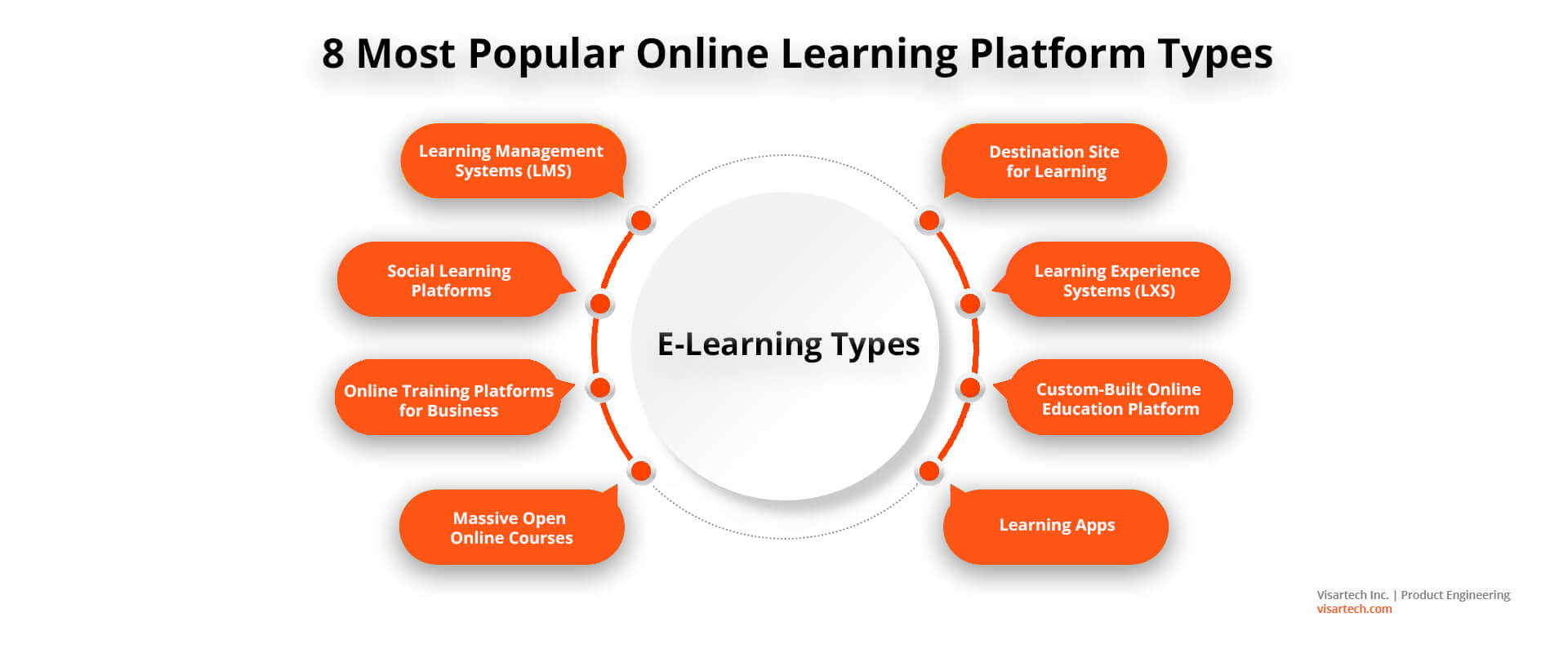Educational Assessment and Evaluation: A Comprehensive Guide for Optimal Learning
As educators, parents, and students strive for effective learning outcomes, understanding the process of educational assessment and evaluation is crucial. These practices ensure that the teaching and learning process is robust, insightful, and tailored to individual needs. In this comprehensive guide, we will delve into the key aspects of educational assessment and evaluation, exploring its significance, types, and best practices for optimal learning outcomes.
1. Understanding Educational Assessment:
Educational assessment refers to the systematic process of gathering, analyzing, and interpreting data to evaluate the knowledge, skills, attitudes, and abilities of students. It helps educators understand student progress and identify areas that require improvement. Effective assessment ensures that teaching strategies are effective, curriculum goals are met, and educational standards are upheld. Broadly, educational assessment can be categorized into two types:
a. Formative Assessment:
Formative assessment occurs throughout the learning process. Teachers use it to evaluate student understanding and provide immediate feedback. This assessment aids in identifying gaps in knowledge and informs adjustments to teaching strategies. Examples of formative assessment include class discussions, quizzes, self-assessments, and peer evaluations.
b. Summative Assessment:
Summative assessment is conducted after a period of instruction, generally at the end of a unit, course, or academic year. Its purpose is to determine students’ overall learning outcomes and assign grades. Standardized tests, final exams, and culminating projects are examples of summative assessments.
2. The Importance of Educational Evaluation:
Educational evaluation focuses on measuring the effectiveness of educational programs, policies, and instructional practices. It examines the impact of these factors on student learning outcomes and provides insights for improvement. Key reasons to prioritize educational evaluation include:
a. Accountability:
Evaluation ensures accountability in educational systems by assessing the effectiveness of various stakeholders, such as teachers, administrators, and policymakers. It holds them responsible for the quality of education provided, leading to better learning outcomes.
b. Continuous Improvement:
Evaluation provides valuable data that helps identify strengths and weaknesses in the education system. It enables policymakers and educators to make informed decisions, implement evidence-based strategies, and continuously improve teaching practices.
3. Key Steps in Educational Assessment and Evaluation:
To conduct effective educational assessment and evaluation, educators should follow these essential steps:
a. Define Learning Goals:
Clearly define the learning goals and objectives. These should align with the curriculum and the needs of the students.
b. Select Appropriate Assessment Methods:
Choose assessment methods based on the learning goals and objectives. Consider the type of assessment (formative or summative) and select methods that accurately measure the desired outcomes.
c. Design Assessment Tools:
Design assessment tools such as rubrics, scoring guides, or test questions to measure student performance effectively. Ensure that these tools align with the learning goals and objectives.
d. Administer Assessments:
Administer assessments following standardized procedures. Maintain an unbiased and fair assessment environment.
e. Analyze and Interpret Data:
Collect data from assessments and analyze it to gain insights into student performance. Identify trends, areas of improvement, and individual needs based on the data.
f. Provide Feedback:
Ensure timely and constructive feedback to students. Use assessment results to guide instruction and provide targeted feedback to help students understand their strengths and areas for improvement.
g. Evaluate Programs and Practices:
Evaluate the overall effectiveness of educational programs and instructional practices. Analyze data from various assessments to identify trends and areas for improvement.
4. Best Practices for Educational Assessment and Evaluation:
To optimize educational assessment and evaluation, consider the following best practices:
a. Authentic Assessments:
Incorporate real-life, authentic assessments that allow students to apply their knowledge in practical scenarios. This promotes deeper learning and provides a realistic measure of students’ abilities.
b. Differentiation:
Tailor assessments to meet the diverse needs of students. Adapt assessment methods to accommodate different learning styles, abilities, and cultural backgrounds.
c. Ongoing Reflection and Collaboration:
Encourage educators to reflect on assessment practices and collaborate with colleagues to share insights, strategies, and best practices.
d. Continuous Feedback and Support:
Provide ongoing feedback and support to students, helping them understand their progress and areas for growth. Encourage self-assessment and peer evaluations to promote student engagement and ownership of learning.
e. Data-Informed Decision Making:
Use assessment data to inform instructional decisions and drive systematic improvement. Regularly analyze data to identify patterns and adjust teaching strategies accordingly.
By embracing educational assessment and evaluation as integral components of the learning process, educators can enhance teaching effectiveness, student engagement, and ultimately, learning outcomes. Implementing a comprehensive assessment and evaluation strategy empowers educators to tailor instruction, address student needs, and create an inclusive and equitable learning environment. Let us embrace educational assessment and evaluation as powerful tools that unlock the full potential of students and ensure quality education for all.











